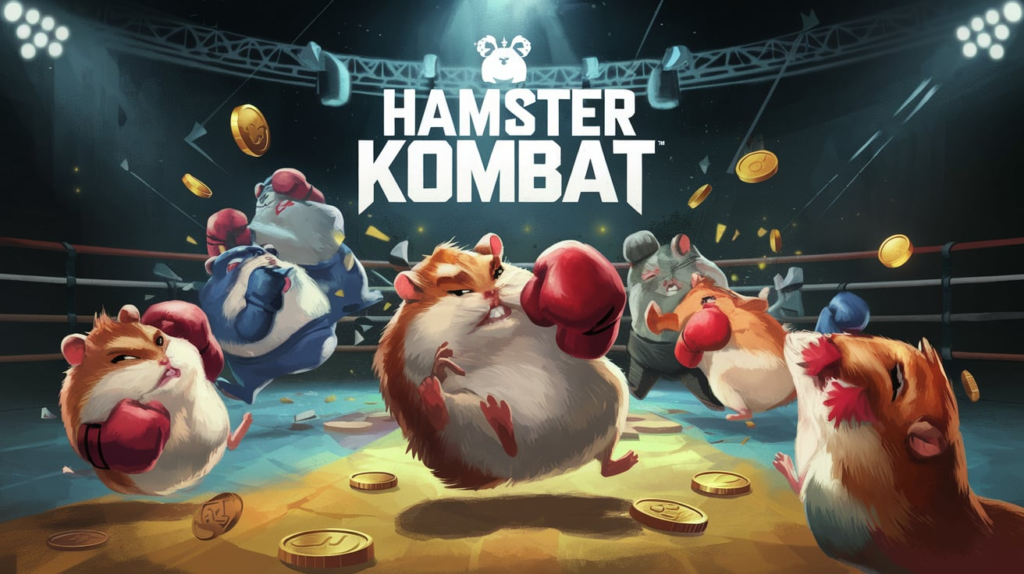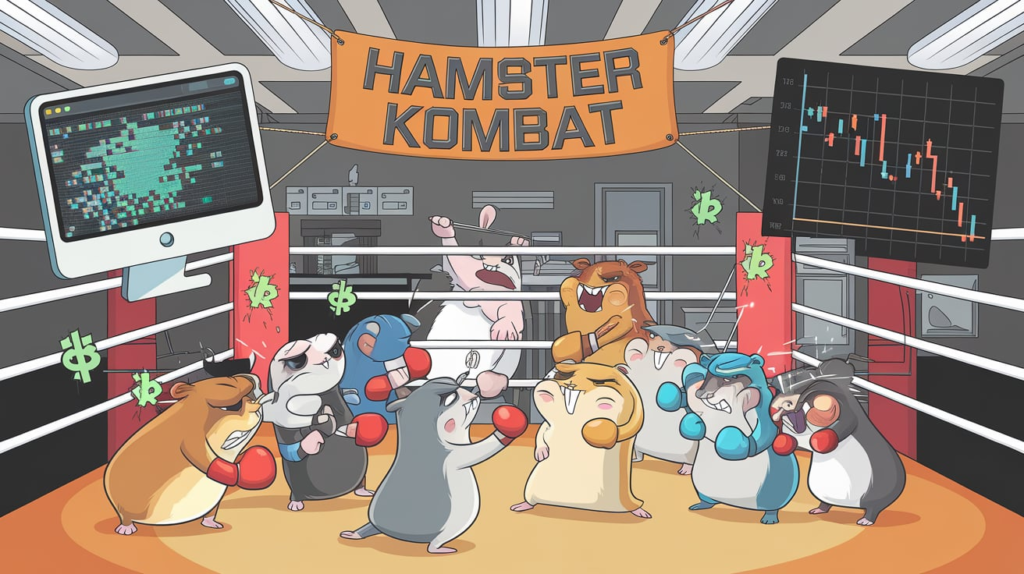“Hamster Kombat Airdrop Fails: Top Reasons Behind Community Outrage & What Went Wrong”

The world of cryptocurrency is no stranger to both highs and lows, but for Hamster Kombat, a much-anticipated event turned into a nightmare for its community. On September 26, 2024, the game launched its native cryptocurrency, HMSTR token, on major exchanges. What should have been a major milestone quickly devolved into a situation of widespread dissatisfaction. Frustrated participants described it as “one of the worst airdrops in crypto history.” But what exactly went wrong? Why did a project with so much hype fail so spectacularly? This article dives deep into the reasons behind the fiasco, shedding light on the critical issues that led to community outrage.
1. Disqualification & Last-Minute Rule Changes
A key reason for the backlash was the unexpected disqualification of numerous participants just before the airdrop. As part of their preparation for the event, Hamster Kombat introduced an “anti-cheat” system, intending to prevent users from manipulating their points per hour to claim more tokens. While the idea seemed fair on paper, the sudden implementation of this rule resulted in many genuine participants being banned from the airdrop altogether.
The timing of these changes made matters worse. Instead of rolling out the system well in advance, the developers introduced it right before the airdrop, leaving many participants blindsided. This led to widespread accusations that the rules were intentionally manipulated to benefit influencers and key figures who seemingly received a bulk of the tokens. This perception of favoritism only fueled the outrage further, causing widespread mistrust within the community.
One participant summarized the sentiment by saying, “It’s like they waited until the last minute to disqualify us, just to hand the tokens over to influencers.”
2. Delays & Token Distribution Issues
The second major issue was the delays surrounding the token distribution. Initially, the airdrop was scheduled for July 2024, but due to technical complications, it was postponed to September. After months of anticipation, participants were eager to finally receive their HMSTR tokens. However, just before the airdrop, developers announced yet another change—only 88.75% of the tokens would be distributed immediately, with the remaining 11.25% delayed until July 2025.
This unexpected change in the distribution plan alienated many participants. Several in the community had been counting on the full airdrop in September, and this new timeline came as a complete shock. Many took to social media, calling for a boycott of the event, arguing that the delayed token distribution was simply another way to manipulate the market and benefit insiders.

3. Disappointing Token Debut & Price Drop
The launch of the HMSTR token on major exchanges was expected to bring significant value to early participants. However, the reality was far from the lofty expectations. The token’s debut price was set at $0.01, significantly lower than what many in the community had anticipated.
Prior to the launch, numerous influencers and YouTubers had speculated that the token could start trading anywhere from $0.10 to $0.50. These inflated expectations led to bitter disappointment when the price began to plummet immediately after launch. Within hours, the token was down by 50-60%, sparking a wave of harsh criticism.
One user on X (formerly Twitter) voiced the community’s frustration, stating, “Where are those YouTubers and influencers who hyped this up? They promised $0.10 or $0.50. Now it’s barely worth anything, and we’ve been left with worthless tokens.”
4. Difficulty in Selling Tokens
The problems didn’t stop with the price drop. Many participants who received small amounts of HMSTR tokens found themselves unable to sell them. Major exchanges, such as Binance, set a minimum trade value of $5. Since many users received less than this threshold in tokens, they were unable to sell or trade their airdrop rewards.
This limitation added another layer of frustration. The feeling of being stuck with unsellable tokens only deepened the resentment toward the project. Accusations began to surface that a large portion of the tokens had been allocated to influencers and YouTubers, further compounding the community’s anger. Crypto influencer Crypto with Khan echoed this sentiment, stating, “Hamster Kombat has cheated the community. They’ve given influencers more tokens and implemented vesting without telling us.”
5. Technical Glitches & Network Overload
To make matters worse, technical glitches plagued the launch of the HMSTR token. The rollout coincided with network overloads in Wallet, the crypto custodial wallet integrated with Telegram, making it difficult for users to access their tokens or engage in trading. The network issues led to a chaotic launch, with many participants unable to even check their token balances.
These technical problems further damaged the project’s reputation. For many, the combination of disqualification, delays, disappointing token prices, and now technical glitches, made the entire airdrop feel like a scam.

Frequently Asked Questions (FAQ)
Q1: Why were so many participants disqualified from the airdrop?
A: Hamster Kombat introduced an “anti-cheat” system right before the airdrop to prevent users from artificially inflating their earnings. Unfortunately, this led to the disqualification of several participants who were not given enough notice of the rule changes.
Q2: Why was the token distribution delayed?
A: The token distribution was initially planned for July 2024 but was postponed to September due to technical complications. Even then, only 88.75% of the tokens were distributed, with the remaining 11.25% delayed until July 2025.
Q3: Why did the HMSTR token price drop so quickly?
A: The token’s launch price was set at $0.01, far below community expectations. Influencers had speculated the price could range from $0.10 to $0.50, leading to disappointment when the value quickly dropped by 50-60%.
Q4: Why couldn’t participants sell their HMSTR tokens?
A: Many participants received small amounts of HMSTR tokens, which were below the minimum transaction threshold of $5 set by major exchanges like Binance. As a result, they were unable to trade their tokens.
Q5: What caused the technical issues during the launch?
A: The introduction of the HMSTR token coincided with network overloads in Wallet, the crypto wallet integrated with Telegram. This caused technical glitches, making it difficult for users to access or trade their tokens.
Despite the initial excitement surrounding Hamster Kombat’s airdrop, the event quickly turned sour due to a combination of poor planning, technical issues, and perceived unfairness. While the project still has potential, its handling of this event serves as a cautionary tale for future cryptocurrency launches. The community’s outrage is a reminder that transparency, clear communication, and fair practices are essential in building trust in the world of crypto.